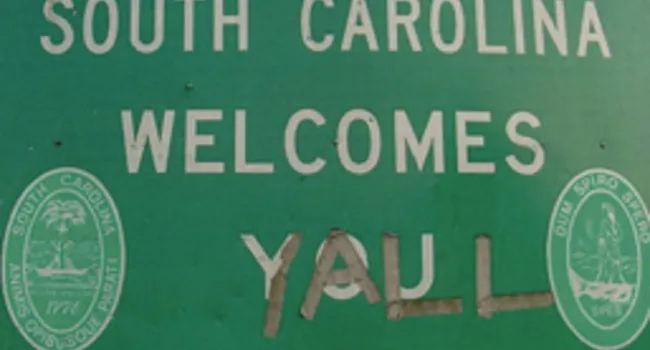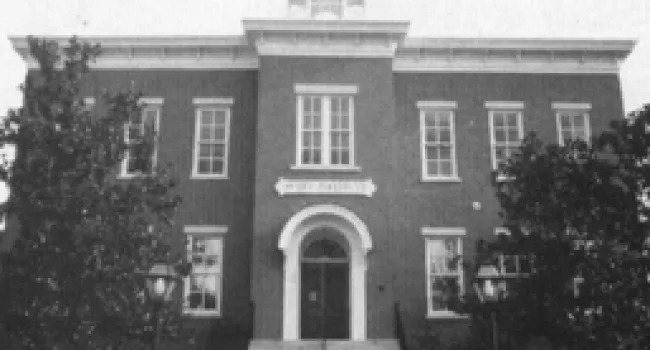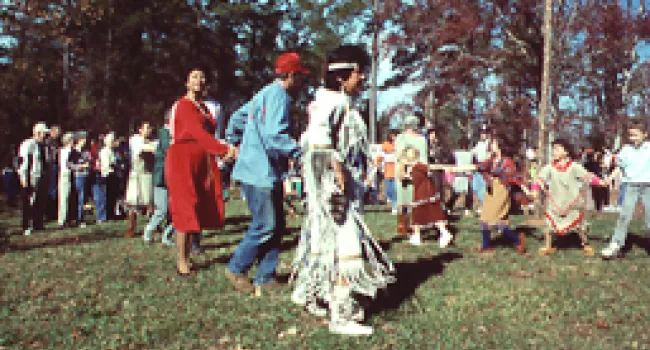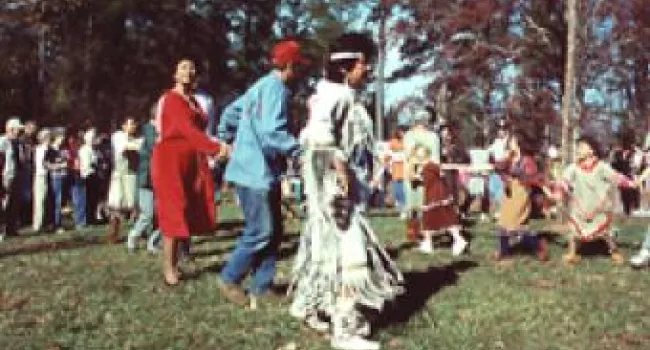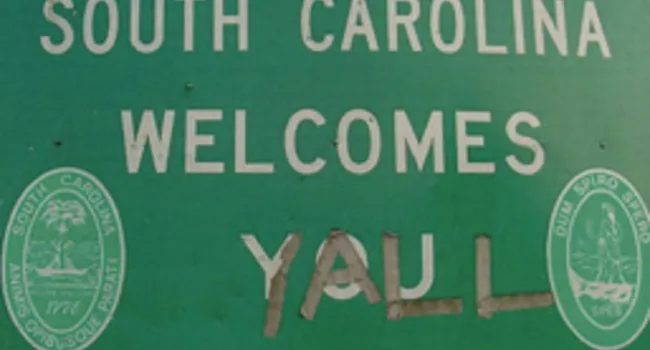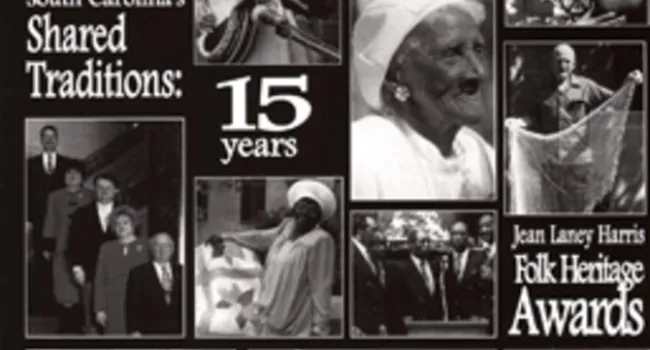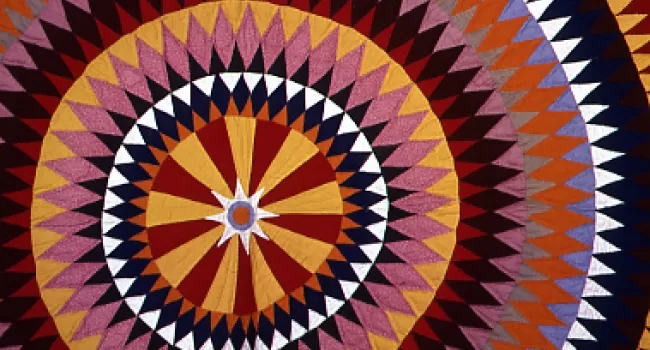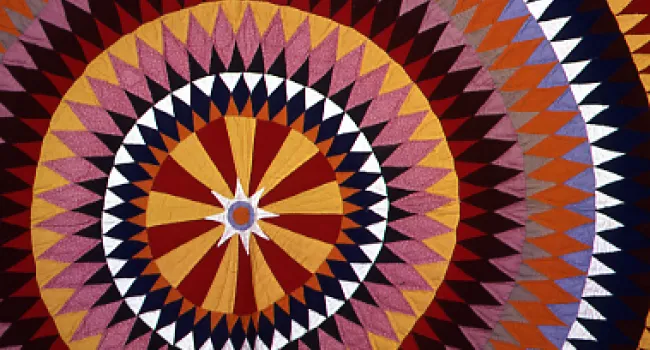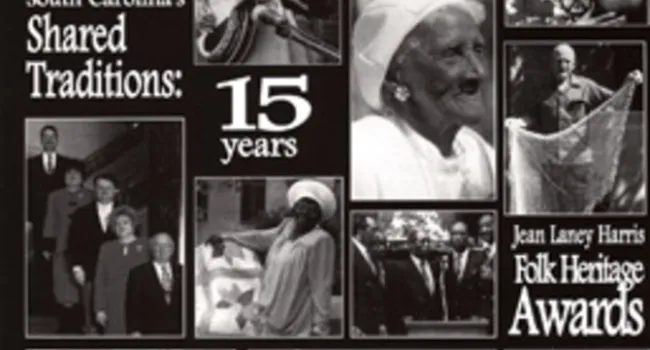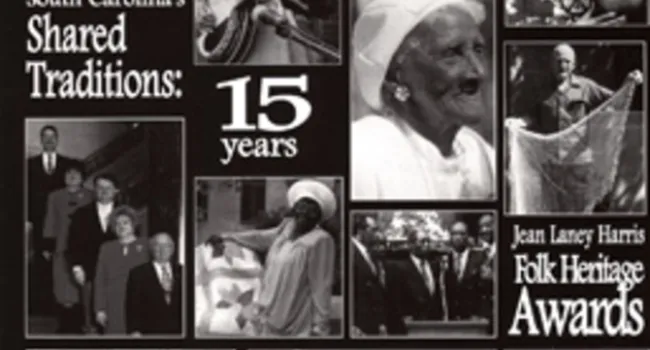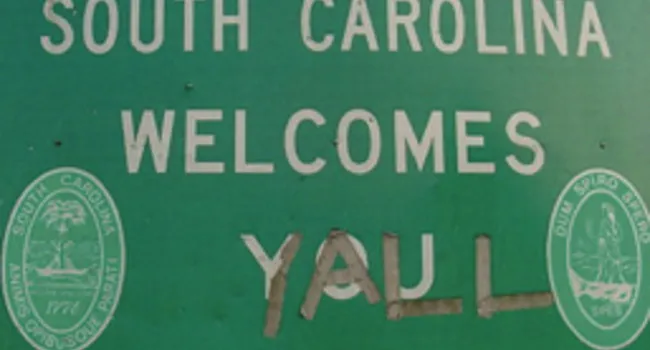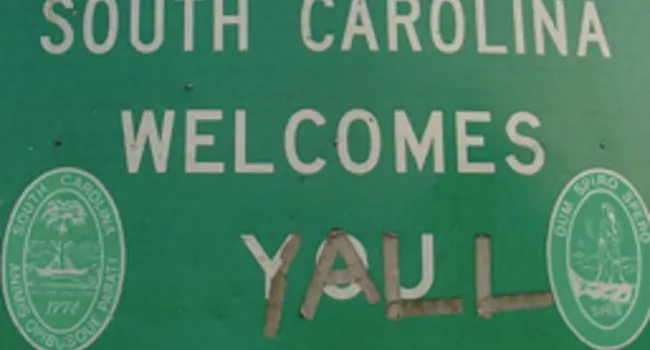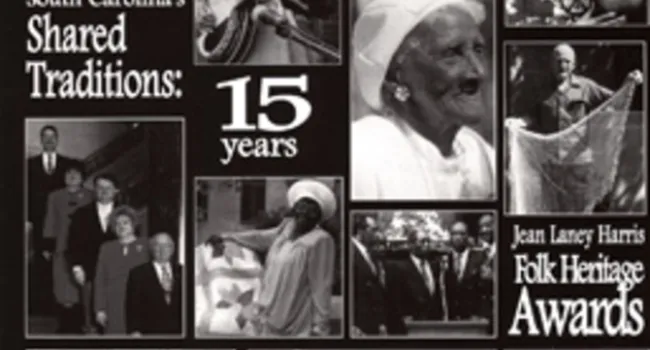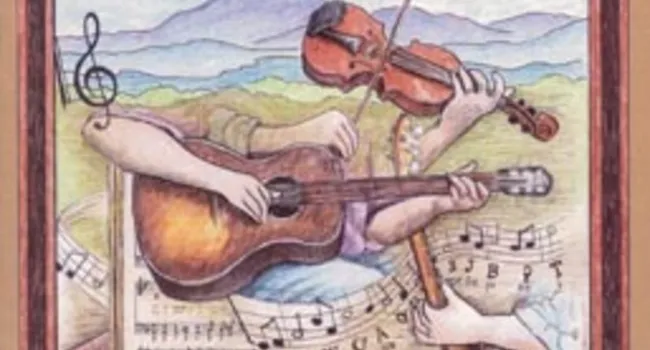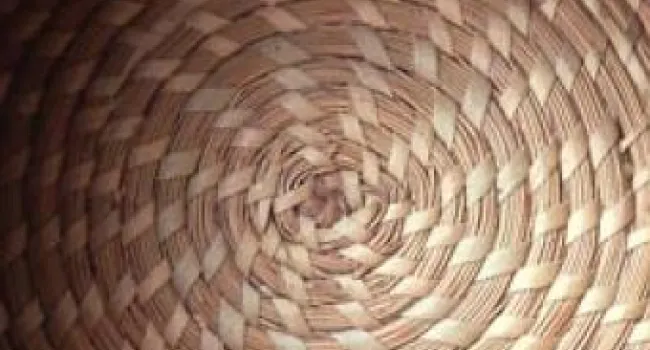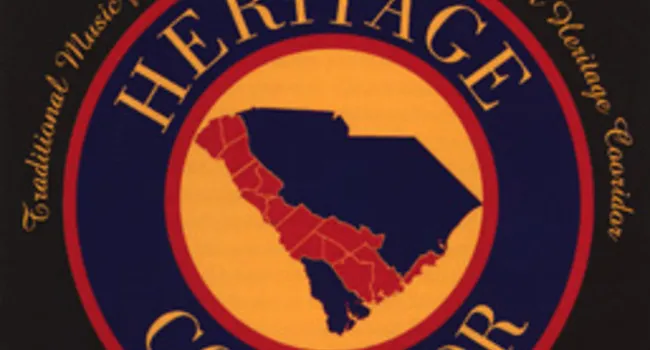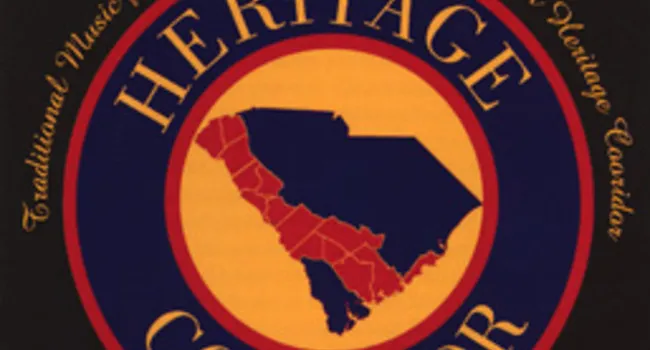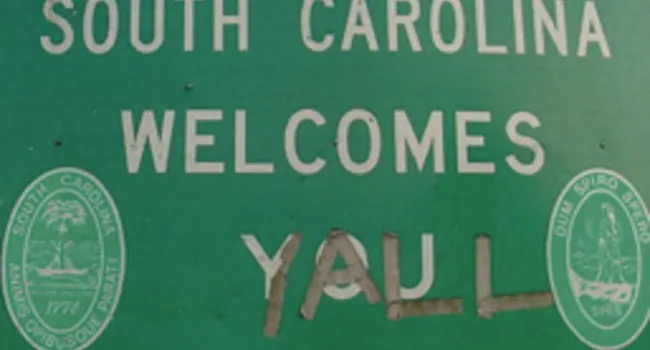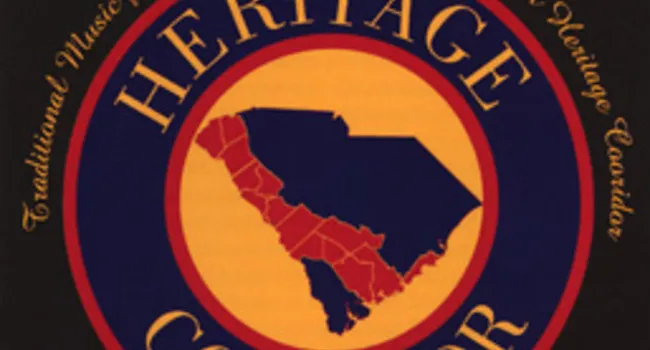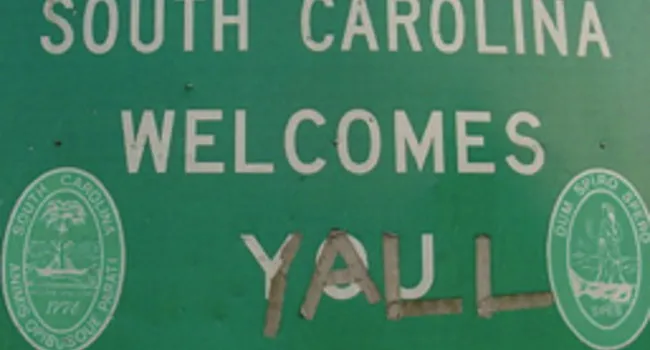What is the Folklife Resource Center?
Established in 1985, the Folklife Resource Center (FRC) at McKissick Museum focuses on documenting South Carolina traditional culture. The preservation and dissemination of this material are key aspects of the FRC mission. During the past twenty years, through the support of the National Endowment for the Arts and the National Endowment for the Humanities, the FRC completed several important documentation projects - sweetgrass basketry, alkaline-glaze stoneware, quilt making, and African American celebratory traditions. Today, the FRC continues to work with state and federal funding agencies to document traditional culture and its impact on contemporary society. To learn more, visit the Folklife Resource Center at McKissick Museum.
Why was Digital Traditions developed?
The FRC houses an extensive archive containing a wide variety of materials in multiple formats. The project addresses two goals. The first goal involves transferring all of these analog formats into a more stable digital medium. This requires the digitization of thousands of photographs and slides, hundreds of hours of analog audio and video documentation. The second goal – user accessibility. Website visitors will now have unprecedented access to the archive through audio, video, and image-based media. Never before has the material housed in the FRC been available to such a wide audience.
Who funded Digital Traditions?
The Digital Traditions initiative was funded through a major federal grant from the Institute for Museum and Library Services (IMLS). A three-year project, the grant involves students in multiple university departments, technology consultants, independent videographers, and valuable partnerships with community-based organizations like South Carolina Educational Television. The website is designed as a portal into the archive, providing a comprehensive tool for researchers interested in South Carolina traditional culture.
How is Material Selected for the Digital Traditions?
While a complete digital transfer of all archival holdings is a long-term goal of the project, several factors determined what materials would be included in the initial launch of the web application. First, project staff identified collections that were in need of immediate digital stabilization. Second, projects comprehensive in their field methodology were prioritized by subject matter and geographic region. Staff were able to identify four specific projects to include in the initial phase of web development. A prioritized list has been developed that will allow for the eventual inclusion of all FRC projects into Digital Traditions. Throughout the process, input and feedback was solicited from a Community Advisory Committee. Made up of folk artists, traditional arts advocates, and academic folklorists, the committee assisted in developing the overall content of the website and prioritizing the digitization of audio, video and images.
Why Digital?
During the past decade, the digital revolution has created many exciting and challenging changes in the documentation of traditional culture and the preservation of the subsequent materials. Many questions must be addressed: 1) what format to use in field documentation; 2) what storage medium best addresses preservation issues; 3) what format will be most relevant for researchers? The collection and preservation of documentary materials are of primary concern, followed by accessibility issues. A web-based application, built upon the new digital foundation of the Folklife Resource Center will provide researchers a level of access never available before. This is only possible through the use of digital technology. More more information, see Trey Bunn’s Audio Preservation: A Beginner’s Guide (PDF)
About McKissick Museum
McKissick Museum is located on the historic Horseshoe at the University of South Carolina. Established in 1976 by the University Board of Trustees, McKissick Museum brings together many object collections once housed in various departments and colleges throughout campus. The Museum is accredited by the American Alliance of Museums, operating within their guidelines for the proper care and safekeeping of these historical artifacts. The main theme of the Museum’s mission is to “tell the story of Southern life, culture, and community.”
The Museum utilizes the humanities and arts to interpret and enhance knowledge of humankind and its place within its cultural and natural environment. Its purpose is integral to that of the University of South Carolina; to serve as a general museum and to engage in education, research and collections development, as well as campus and public service. In order to carry out this purpose, the Museum provides programming and cultural exhibitions for both the University community and the general public; offers documentation to serve research activities; acquires and cares for selected materials and objects; and houses the Folklife Resource Center.
For more information on the Folklife Resource Center:
http://artsandsciences.sc.edu/mckissickmuseum/index.php?q=folklife.
For more information about the museum and the opportunities available through its various public offerings, exhibitions, collections, and research, go to http://artsandsciences.sc.edu/mckissickmuseum/index.php?q=welcome.
Making it Possible
Learn more about the Project Staff and Community Advisory Committee involved in the Digital Traditions project.
